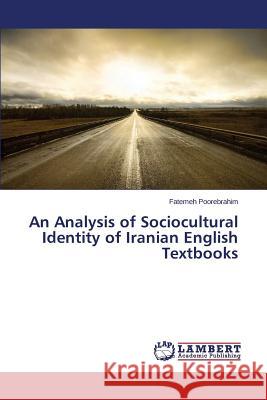An Analysis of Sociocultural Identity of Iranian English Textbooks » książka
An Analysis of Sociocultural Identity of Iranian English Textbooks
ISBN-13: 9783659778926 / Angielski / Miękka / 2015 / 128 str.
Regardless of different points of view, culture has taken an important place in foreign language teaching and learning studies. We all know that understanding a language involves not only knowledge of grammar, phonology and lexis but also a certain features and characteristics of the culture. To communicate internationally inevitably involves communicating interculturally as well, which probably leads us to encounter factors of cultural differences. Such kind of differences exists in every language such as the place of silence, tone of voice, appropriate topic of conversation, and expressions as speech act functions (e.g. apologies, suggestions, complains, refusals, etc.). Bearing the points above it can be stated that a language is a part of culture and a culture is a part of a language. The main purpose of this study was to investigate sociocultural identity of EFL textbooks, which have been prescribed for use in the Iranian high schools by the ministry of Education. EFL textbooks were discussed in detail with reference to sociocultural theory of foreign language acquisition and the five features extracted from different materials evaluation checklists.











